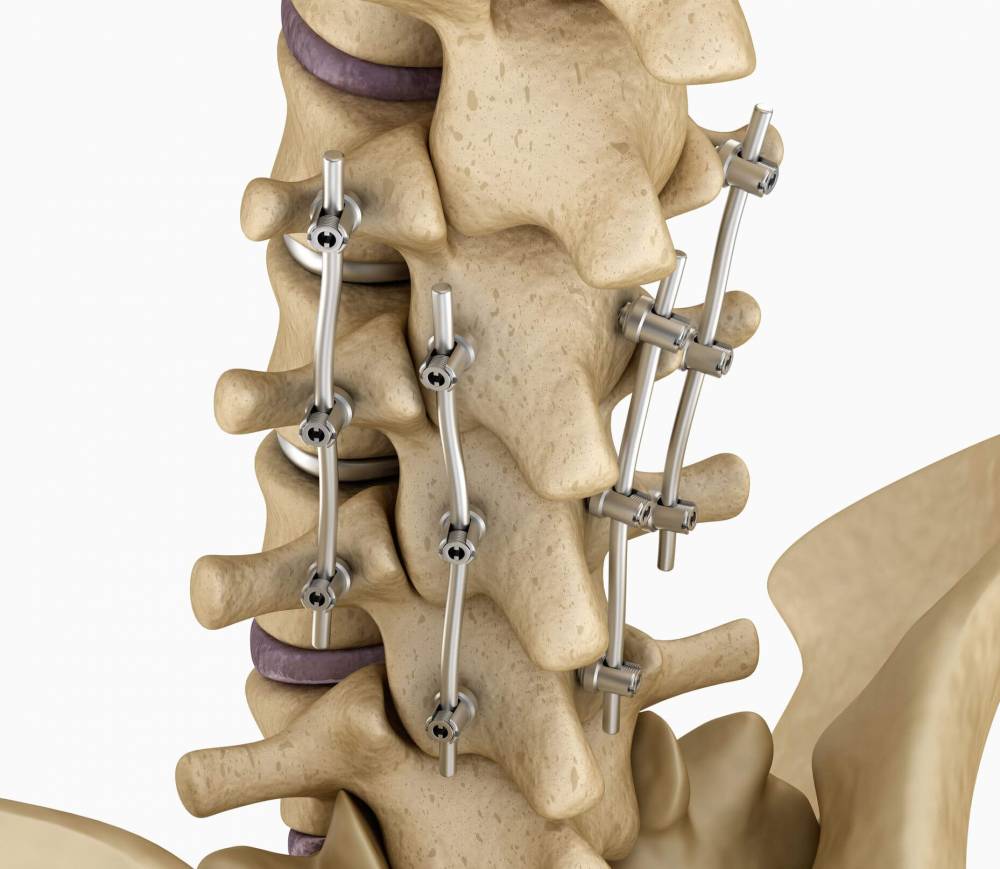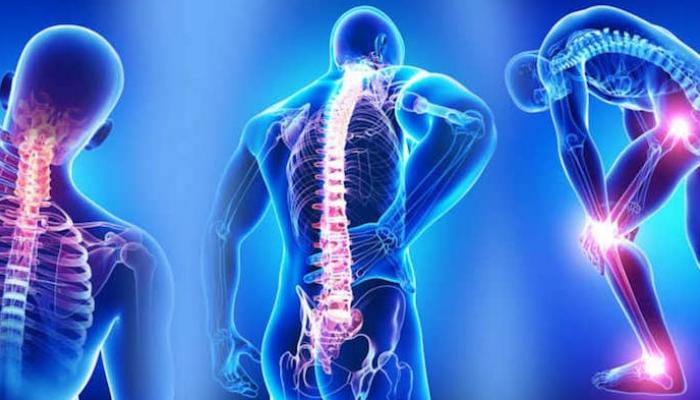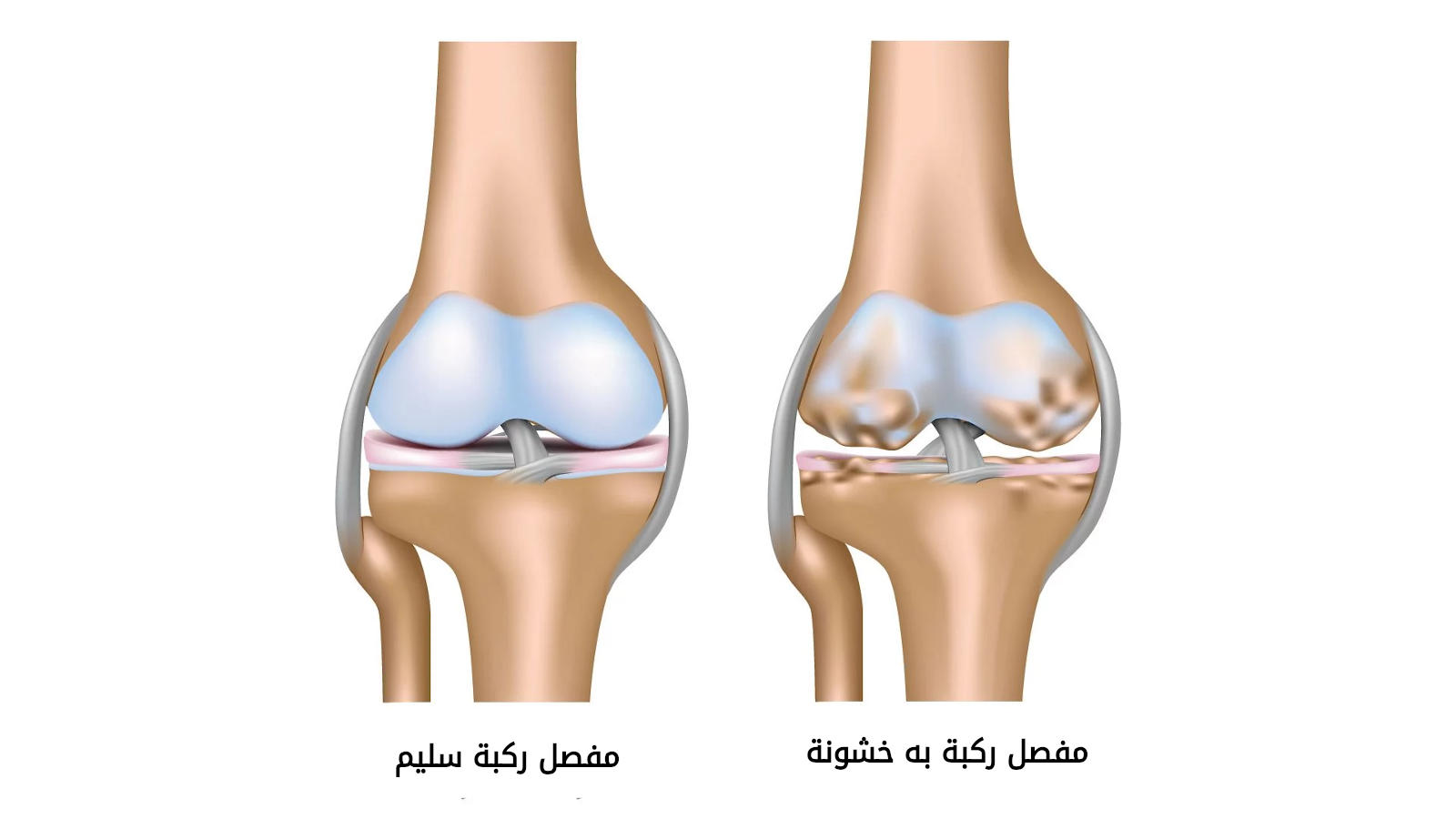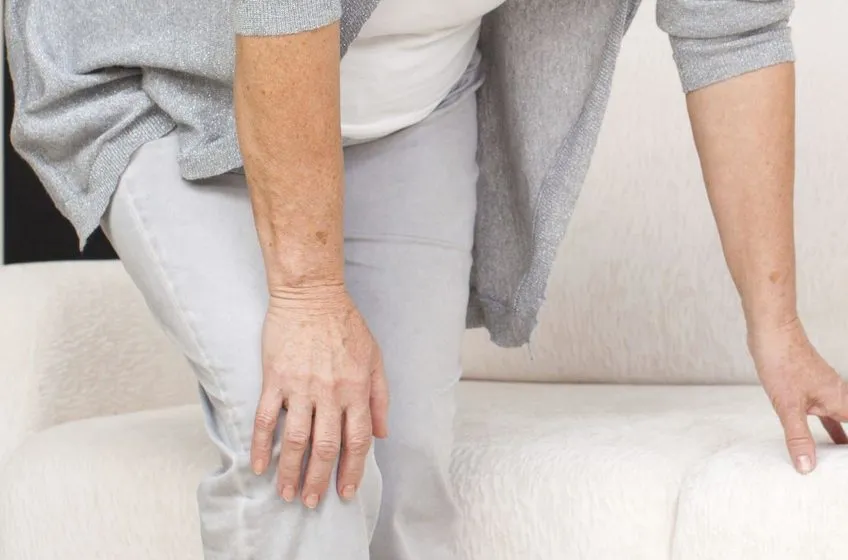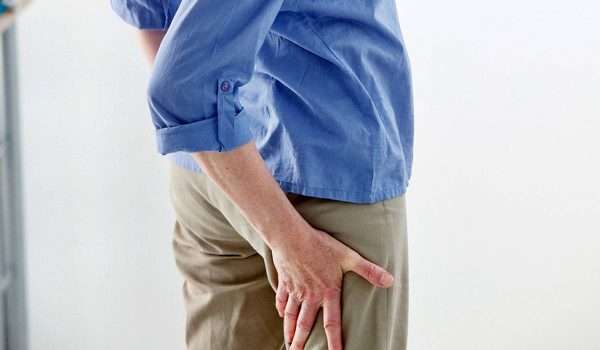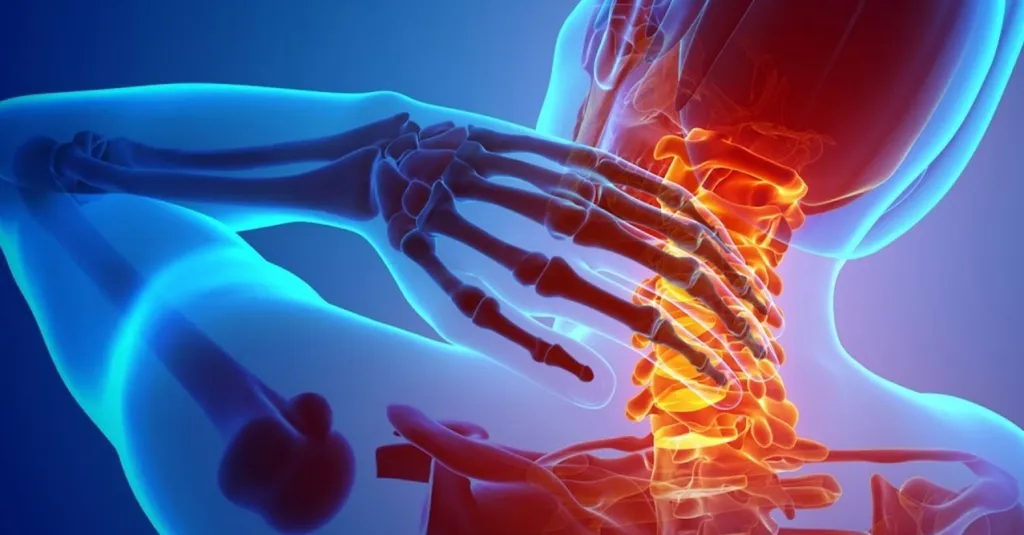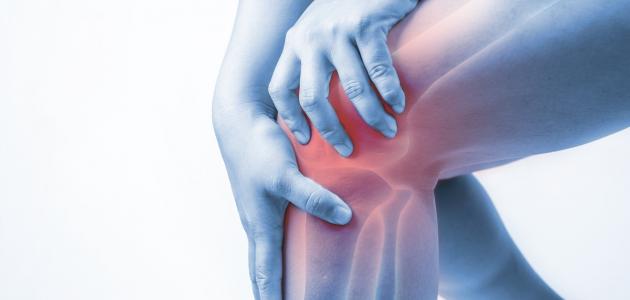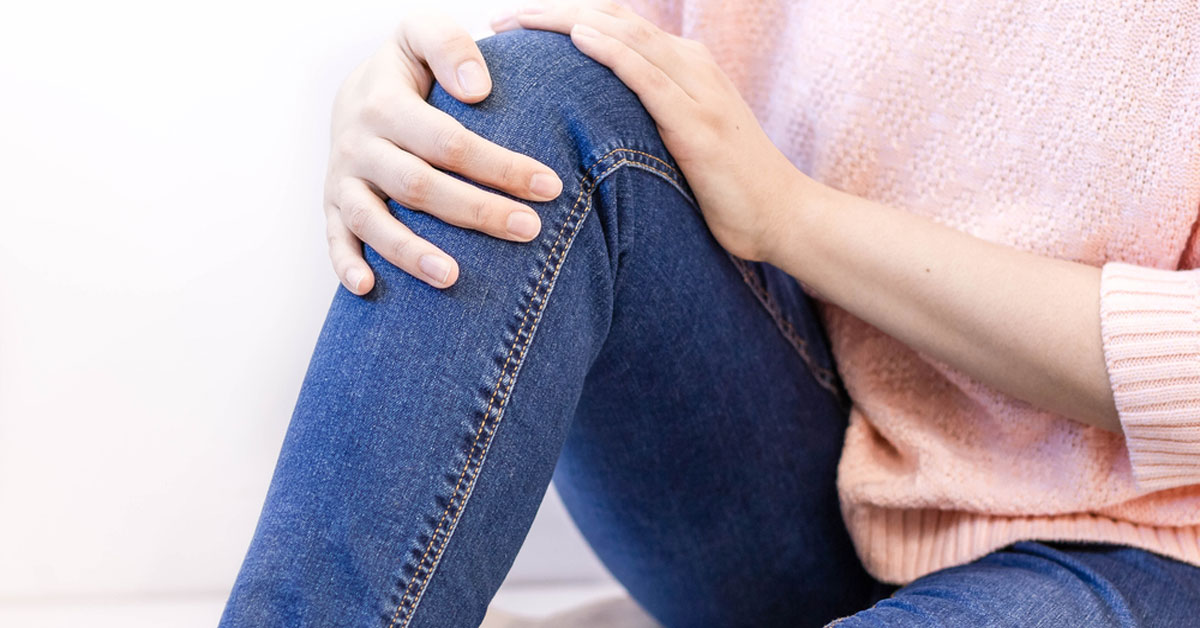Learn about the best hand surgeon and what to expect after finger tendon surgery
The best hand surgeon, hand surgery is an extremely delicate procedure that requires a skilled and experienced surgeon. Finding the best hand surgeon can be a challenging task for patients. In the following article, we will help you understand hand surgery, the specialized doctors in this field, and how to schedule an appointment with your preferred physician. You can find answers to all your questions in the following paragraphs.
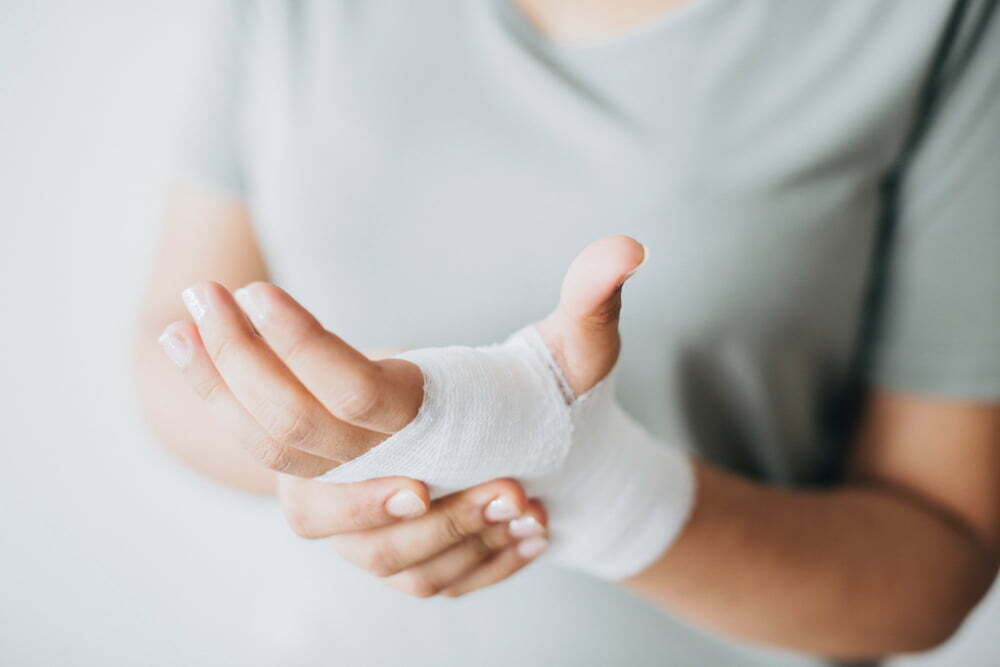
The Best Hand Surgeon
In order to find the best hand surgeon, you need to choose a doctor who possesses the necessary skill and extensive experience required for performing precise microsurgical procedures. These procedures require the use of modern techniques and high-precision surgical instruments. Individuals with hand-related issues seek to recover as quickly as possible, and the doctor plays a significant role in achieving this goal. In the following paragraphs, we will delve into this topic in more detail.
What Is Hand Surgery?
Hand surgery is a branch of orthopedic surgery that has undergone significant advancements in recent years. It is known for producing highly satisfactory results for patients, with a low rate of failure or complications when performed by a skilled and experienced surgeon. This medical specialty focuses on the surgical treatment of various injuries, deformities, and conditions affecting the upper limbs, including the shoulder, arm, elbow, hand, fingers, and thumb. Hand surgery also encompasses reconstructive and cosmetic surgery. In Germany, hand surgery is regulated by the German Society for Hand Surgery in collaboration with the German Society for Trauma Surgery and the German Society for Orthopedic and Trauma Surgery. For more information, you can refer to the following article.
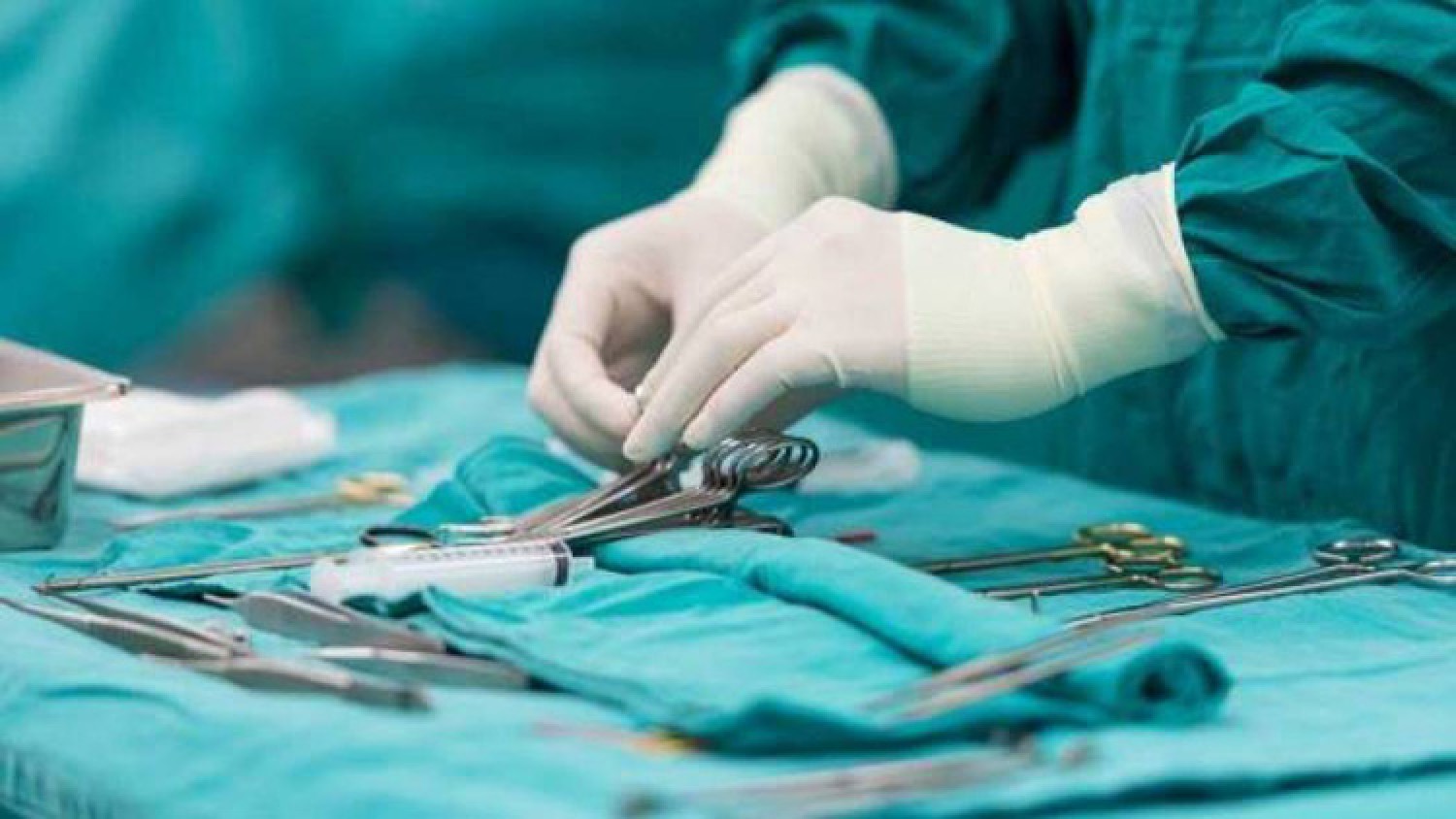
What Is the Role of a Hand Surgeon?
A hand surgeon specializes in diagnosing and treating various injuries, deformities, and conditions affecting the upper extremities. These conditions can be either chronic or acute and involve the shoulder, arm, elbow, hand, fingers, and thumb. A hand surgeon’s tasks include:
- Treating infections of soft tissues and bones in the upper limbs.
- Managing burns in the upper extremities, including the fingers and thumb.
- Restoring and treating impaired functions, such as limited or restricted mobility of the hands and arms due to paralysis or injury.
- Treating complex regional pain syndrome or reflex sympathetic dystrophy (CRPS/RSD).
- Addressing abscesses, nerve nodules, and benign or malignant tumors in the hand and arm.
- Managing fractures of finger bones, tendons, ligaments, and joint dislocations.
- Addressing genetic deformities, such as polydactyly and thumb deformities.
- Treating vascular and nerve injuries in the hand and arm, including reconstructive procedures in cases of amputation of the hand, fingers, and thumb.
- Managing chronic infections and joint diseases like rheumatism and arthritis, addressing reduced blood supply, tissue numbness, and nerve and tendon spasms (carpal tunnel syndrome), as well as connective tissue in the upper extremities.
In addition to these tasks, hand surgeons also provide care to children with congenital deformities and rheumatic conditions. They may be involved in reconstructing individual fingers or even the entire forearm, as well as fitting artificial limbs and providing rehabilitation. This falls within the scope of expertise of a hand surgeon who has completed specialized training in this field.
What Tools Does a Hand Surgeon Use?
Hand surgery is an intricate specialty that requires special tools to perform precise surgical techniques. Surgeons often employ magnifying lenses or telescopes to aid in procedures. When managing cases that involve minimizing bleeding, the hand surgeon may use a tourniquet to reduce bleeding during surgery. This is crucial for the success of the procedure. In such cases, a band is placed around the nearby upper arm to prevent bleeding.
Who Is the Specialist Hand Surgeon in Egypt?
Focusing on hand surgery is crucial in the medical field, and there are many specialized doctors in Egypt in this field. Among them is Dr. Amr Amal, a distinguished orthopedic consultant at Ain Shams University and a faculty member at Ain Shams University. Dr. Amr Amal possesses extensive experience in performing various hand surgeries, including nerve repair, vascular surgery, and limb correction, among others. Dr. Amr Amal is known for his advanced and modern techniques used in hand surgeries, including specialized tools and precise guidance, as well as advanced X-ray analysis. Thanks to his expertise and high-level skills, Dr. Amr Amal is one of the leading hand surgeons in Egypt.
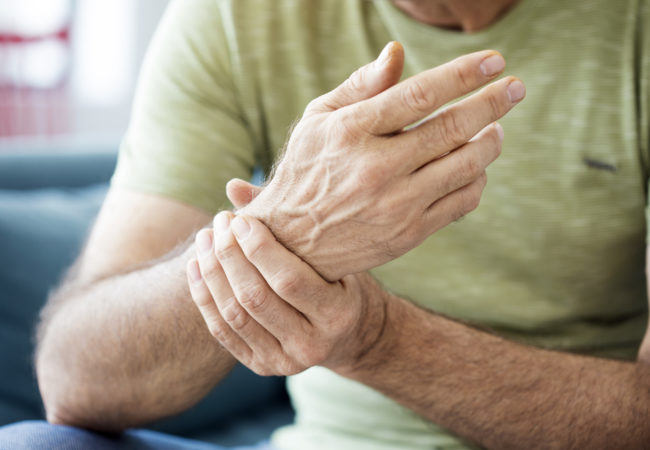
What Services for Hand Deformities Does the Best Hand Surgeon in Egypt Provide?
“Do not let tendon injuries hinder your daily goals. Consult Dr. Amr Amal, an expert in tendon surgery, and prepare to benefit from accurate diagnosis and the appropriate treatment plan for the best results.” Dr. Amr Amal offers treatment for hand deformities through precise microsurgical procedures, utilizing a skilled and well-coordinated medical team. Dr. Amr Amal has received high-quality training in this field, making him highly proficient in hand deformity surgeries.
If we look around at various professions such as carpentry, metalwork, factory labor, or even kitchen work, we find that hand injuries are common and recurring. Additionally, injuries resulting from car accidents, slips, or gunshot wounds, especially at weddings, are prevalent. Fractures of the distal radius and ulna, known as the forearm bones, are among the most common types of bone fractures and osteoporosis. The ulna is one of the bones in the forearm, and it is called the ulna because it closely resembles a boat’s shape. Fractures in the bones around the elbow in children are considered urgent cases, especially if they are accompanied by bleeding or problems with nerves, blood vessels, tendons, muscles, and other surrounding tissues.
It is best to perform the surgical procedure within hours of the injury. The doctor conducts a physical examination of the patient, and then requests some tests and X-rays before commencing the surgery, such as CT scans and X-rays. The doctor may also need to perform diagnostic nerve conduction studies to identify nerve damage.
Hand surgery is a precise specialty that involves the use of surgical microscopes due to the small size of tissues and nerves, which are typically less than 1.5 mm in diameter.
Pediatric Hand Surgery
Bone deformities in the hands or upper limbs in children occur due to the failure of body parts to separate properly, leading to conditions such as:
- Failure of fingers to separate from each other
- Adhesions in the forearm bones
- Growth deficiency, where the fingers are shorter than normal
- Lack of finger development from the start
- Bone deficiency or failure of fusion between hand fingers
This type of deformity may be detected during pregnancy using ultrasound scans. However, surgical intervention is not performed until the child reaches six months of age, as before that time, the child’s tissues may not have completed their growth. This is in contrast to syndactyly, a congenital hand condition that requires surgical intervention and is typically performed when the child is only three months old.

How to Treat Hand Tendon Surgeries?
“Schedule an appointment with Dr. Amr Amal, the expert in tendon surgery, and prepare to benefit from advanced techniques for treating tendon injuries and restoring an active and healthy life.” The treatment of hand tendon surgeries depends on several factors and criteria, such as the child’s age, the type of deformity, the causes of deformity, and the microscopic surgeries performed by the best hand surgeon in Egypt, which include the following:
- Tendon Transfer: This is a reconstructive, reparative, or cosmetic surgical procedure for tendons. Tendons are soft tissues that resemble cords that connect muscles to bones. When a muscle contracts, tendons pull the bones, resulting in joint movement. Damage or tearing of a tendon limits joint movement, leading to weakness and pain in the affected area.
- Skin Grafting: This is a surgical procedure that involves removing skin from one area of the body and transplanting it to another area. The transplanted tissue is called a graft. Most skin grafting procedures are performed under general anesthesia, and the patient does not feel any pain during the procedure. There are two types of skin grafting: split-thickness skin grafting and full-thickness skin grafting.
- Treatment and Correction of Deformities: Bone deformities can occur due to genetic deformities before birth, environmental factors affecting bone growth, exposure to radiation during pregnancy, specific medications taken by the mother affecting fetal growth, or metabolic diseases in childhood. Deformities can include spinal deformities, upper limb deformities, lower limb deformities, and more.
- Nerve Transfer in Erb’s Palsy: Erb’s palsy occurs due to stretching, tearing, or damage to the brachial plexus in the neck during childbirth. The brachial plexus carries nerve signals to the arms, affecting hand movement in infants. While many cases recover spontaneously, some require microsurgical intervention to treat Erb’s palsy.
Microscopic surgery is typically performed when the child is between 3 to 6 months old. It may involve nerve grafting, nerve repair, or nerve transplantation, depending on the child’s condition and the doctor’s recommendation.
- Finger Tendon Injuries: Deep injuries to the palm side of the fingers, wrist, hand, forearm, or sports injuries can damage tendons known as flexor tendons in the fingers. Although the tissues controlling hand movement are found in these tendons, injury to the flexor tendon makes finger movement almost impossible. This can make daily tasks difficult, especially those requiring finger flexibility.
The index finger is particularly prone to sports injuries that affect tendons. For instance, when one player grabs another player’s shirt, and the finger gets caught in the shirt, any movement by the other player can result in the finger being pulled, leading to tendon injury.
Tendon damage in the fingers may also occur due to rheumatoid arthritis, an inflammatory condition that affects the joints and can lead to tendon inflammation and tearing. Repairing tendons is often necessary to restore natural joint movement.

How to Perform Finger Tendon Surgery
Repairing finger tendons in surgery doesn’t take much time; it typically ranges from 45 to 60 minutes. However, more complex surgeries may require much more time and involve the following steps:
- The doctor uses local or general anesthesia during finger tendon repair surgery.
- A tourniquet, typically made of cotton, is placed around the upper part of the patient’s arm to stop blood flow. This is because bleeding near the incision site may obstruct a clear view of the tendons.
- The doctor extends the incision in the finger. If there is no existing wound, an incision is made to access the damaged tendons.
- The doctor then brings the damaged ends of the tendon together and stitches them.
- The incision is closed with sutures, and a rigid plaster splint is often applied to protect the repaired tendons.
Post-Operative Expectations for Finger Tendon Surgery
The recovery and healing period after finger tendon surgery can take up to three months. Patients may be able to resume light and simple activities after 6 to 8 weeks, while engaging in more strenuous and heavy activities may be possible after 10 to 12 weeks. However, full recovery of finger movement may not be achievable in all cases, depending on the type of injury. Simple injuries typically result in better outcomes, while severe injuries involving bone and joint crushing or damage can lead to more limited results.
Tips for Expediting Finger Tendon Surgery Recovery
Here are some tips and instructions to help expedite recovery from finger tendon surgery:
- The patient should start with fluids and soups and gradually transition back to their regular diet. This helps avoid nausea and vomiting.
- It is essential for the patient to take prescribed medications and pain relievers as instructed by the doctor upon leaving the hospital. Avoid overusing pain relievers.
- It’s crucial for the patient to seek immediate medical attention if they experience any of the following conditions: persistent tingling and numbness, chest pain with discharge from the incision, continuous bleeding with a foul odor, worsening pain unresponsive to different pain relievers, difficulty breathing with fever.

Book Now with the Best Orthopedic Doctor in Egypt
Vizita is a free online service that assists patients in finding the best orthopedic doctors in Egypt and scheduling appointments with them quickly and conveniently. Based on the information you provide, patients can access a list of the top orthopedic doctors in Egypt who meet their requirements. They can also search for them by rating, as reviewed by previous patients who have visited them.
Vizita also offers the free booking feature at no cost to patients who make appointments to make this process easier. Patients can enjoy the professional performance of the best orthopedic doctors through Vizita, ensuring the quality of the medical services provided and the comprehensive care they deserve.
You can also reach Dr. Amr Amal through the Vizita app, which helps you book the nearest appointment with the doctor and allows you to communicate with him quickly and easily. You can also use the Clindo app to contact Dr. Amr Amal, inquire about available appointments, examination fees, and location.

